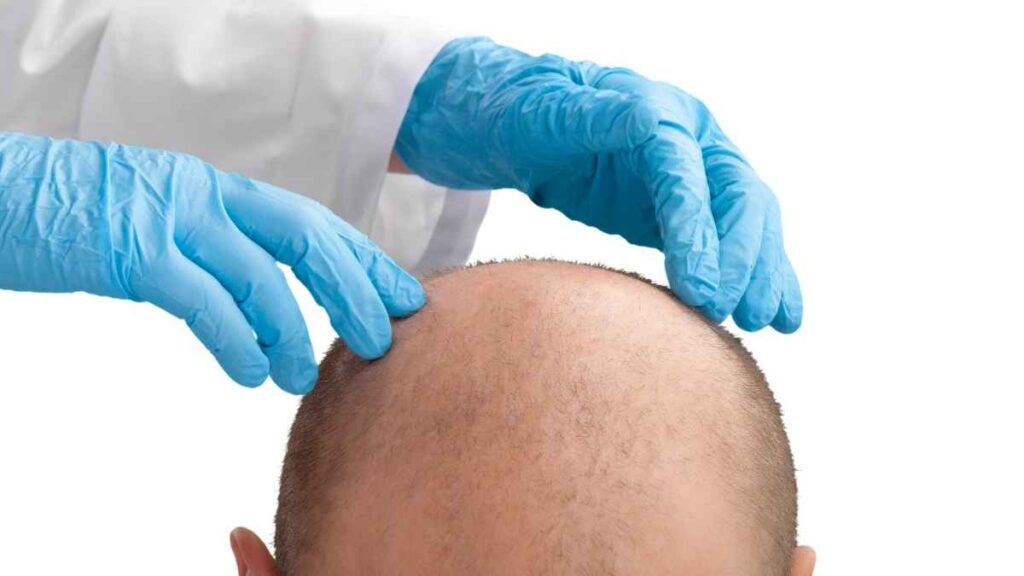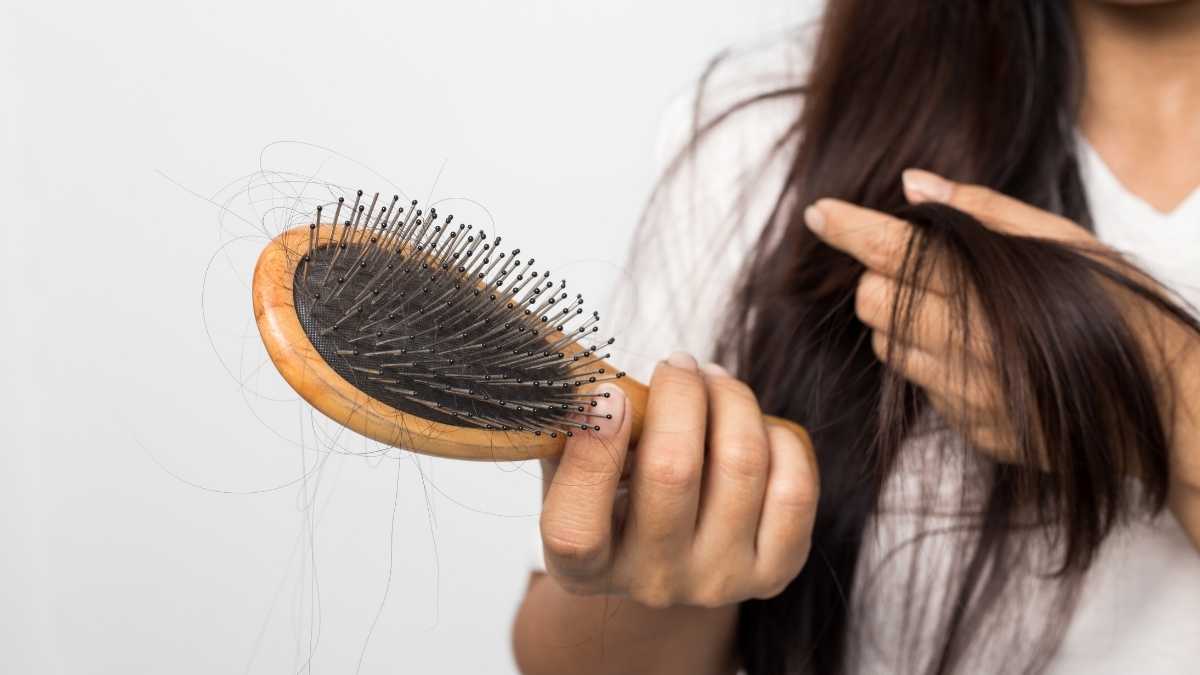The person who wants to transplant hair starts to prepare himself physically and mentally for hair transplantation.
This process continues with searching for detailed information about hair transplantation and discovering the best hair transplant centres. It is very important to choose the hair transplant centre correctly because successful transplantation can be done with experienced people. It is recommended that you do objective research on all hair transplant centres without rushing.
Three hair transplantation stages;
Pre-preparation, operative and postoperative requirements of the hair transplant operation, which has different dynamics, are different from each other.
There are many factors that will affect the success of the treatment. Therefore, care should be taken at every stage of hair transplantation.
Despite the fact that a technically successful procedure was conducted, the best outcomes can be achieved by following hair transplantation rules and paying attention to the patient.
Do you have any idea what you’ll go through during this procedure?
We will discuss the process after hair transplantation under two headings in order to provide you with more comprehensive knowledge about what to be aware of and what to expect after hair transplantation.
Nutrition

Following your doctor’s orders and recommendations after hair transplantation, paying attention to what you eat can aid in the safe growth and strengthening of the new hair follicles.
In this step, being careful about nutrition and choosing foods that are good for hair will help to increase the rate of cell regeneration after transplantation and shorten the recovery period.
What you eat determines who you are.
As a result, any food you eat will affect the newly implanted hair follicles. Cell membrane dysfunction can occur when your nutritional system is deficient in micro and macronutrients (minerals, vitamins, protein, and fatty acids). This disorder will disrupt the normal life cycle of hair strands and prevent the nutrition of hair follicles, preventing hair regrowth. Following hair transplantation, the hair loss process could continue.
You can rearrange your dietary routine to have safe hair follicles by eating the foods mentioned below;
B- Complex Vitamins
B-complex vitamins like B7 (biotin) and B12 are critical for hair strand structure, consistency, and development.
This vitamins also aid in food metabolism by supplying nutrients to the entire body, as well as the scalp and hair follicles.
As a result, physicians often advise patients to take B-complex vitamin supplements after hair transplantation.
The following is a list of vitamin B-rich foods:

Chicken, red meat, bananas, avocados, brown rice, almonds, and eggs are only a few of the foods available.
Zinc
We face severe problems in cases of zinc deficiency, hair dilution and hair loss.
As a result, zinc supplementation is critical after hair transplantation.
Zinc is also essential for tissue repair, collagen synthesis, cell proliferation, hormonal regulation, vitamin absorption, and protein synthesis.
Zinc-rich foods include:

Lamb, chickpeas, shrimp, whole wheat, lettuce, eggs, and fish are some of the foods you should eat.
Iron
Deficiency of iron, like zinc, can also lead to hair loss.
Iron strengthens hair, enhances the texture of the hair, helps to carry oxygen and hair follicles and scalp nutrients.
Thanks to this essential iron mechanism, outcomes can be achieved in accordance with patients’ wishes.
The iron further strengthens the immune system and accelerates the healing time after hair transplantation.
certain foods with a high level of iron;
Livers of spinach, carrots, oyster, beef and veal.
Vitamin E
The antioxidant effects of vitamin E.
It is very useful in repairing scars and it speeds up the healing of broken skin.
Vitamin E oil should be used to smooth the tissue and increase its consistency after the wounds in the donor and receiver areas have healed.
A few vitamin E-rich foods:
Almond, banana, lettuce, olive oil and sunflower.
Vitamin C
Vitamin C is an antioxidant that plays a critical role in the formation of collagen, which is essential for wound healing. Vitamin C is also beneficial in the fight against oxidative stress, which causes hair greying and loss.
The following foods are high in vitamin C:
Citrus fruits, cabbage, kiwi, broccoli, granular small fruits, and pepper types.
Vitamin A
For all cells, including hair roots in the human body, vitamin A is essential for developing and growing.
It is also effective in the sebum formation, a fatty tissue-like substance which hydrates the scalp and keeps the hair healthy.
A deficiency of vitamin A can cause hair loss and dry, itchy skin. (Scalp spreading is transient, after-hair transplantation, side effect).
It’s also a good idea to keep an eye on your cholesterol levels.
Your LDL (bad cholesterol) levels will drop, while your HDL (good cholesterol) levels will rise, if you cut fat out of your diet.
When cholesterol levels are kept in a safe range, wound healing and hair growth are both guaranteed.
Procedures for Recovery and Maintenance after Hair Transplant
The same asepsis-antisepsis guidelines that apply to all types of microsurgical procedures apply to hair transplantation. If hair transplantation is done in a sterile and favorable setting, the risk of infection is very low. Although the healing time after hair transplantation varies from patient to patient, it usually lasts around a year. The first three days following surgery are critical. There might be some discomfort on the first night, but if you take pain medication as prescribed by your doctor, you should be able to sleep comfortably. They will welcome you to the clinic the day after hair transplantation to have the bandage on your neck removed and a new dressing made.
Then, within the first three days, the swelling (edema)-relieving medications recommended by your doctor would be enough to alleviate the related symptoms. Minor bleeding may occur on the region where the hair follicles are removed and injected within the first three days as a natural result of the operation.
To avoid infection, take the antibiotic treatment prescribed by the doctor on a regular basis for the first five days after surgery.
During this operation, no alcoholic drinks should be drunk. Antibiotics penetrate the bloodstream directly and will interfere with the medications you’re taking, causing harmful side effects. Since smoking may have a negative impact on the recovery process, patients should be advised to stop smoking for at least one week after the procedure.
You should start washing your hair after the first three days are over. Starting on the third day, wash your hair with the special care lotion and shampoo prescribed by your doctor for 15 days.
The crusting after hair transplant will soften with daily washing and will be fully shed by the end of the 15th day.
Heavy and demanding activities should be stopped for at least one month following hair transplantation.
Blood pressure and heart rate rise as you participate in sports. Increased heart rate can induce bleeding in micro channels where hair follicles are transplanted, resulting in hair follicle injury. We suggest avoiding practices that leave you sore and sweaty for at least a week. However, after 4-5 days of surgery, you will do low-intensity walking workouts that will not exhaust you or make you sweat.
After the hair transplantation procedure, the area should be protected from the sun for around two weeks.
You can wear a hat that is not too tight when you go out.
You will be leaving behind a critical procedure by the first month of hair transplantation.
At this point, it’s appropriate to discuss “shock hair loss.” Your hair will fall out after a few weeks of hair transplantation. You do not need to be concerned because the majority of patients (90 percent) move through this point. Due to the pain encountered during the implantation of hair follicles, the grafts enter the sleep period (telogen) by triggering the grafts’ defense mechanism. Starting 2-4 months after surgery, the transplanted hair will begin to develop in a healthy manner by entering a new growth cycle.
We advise you to be uncomplaining in this process.
Your hair will continue to grow and begin to shape its structure after the fourth month.
You will note that your planted hair becomes thicker and denser after the eighth month postoperatively. Your hair will become denser and more natural-looking after a year following the hair transplant surgery.





